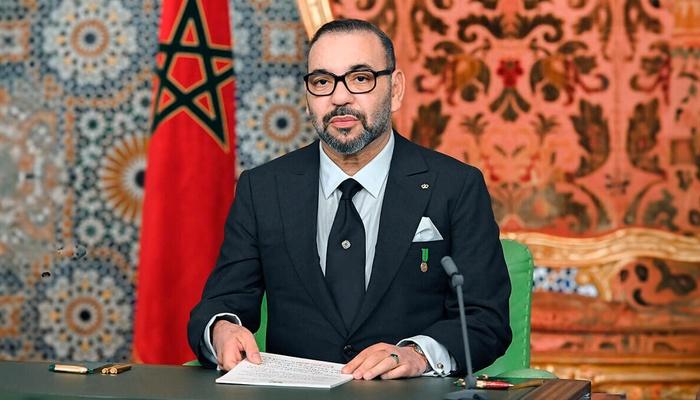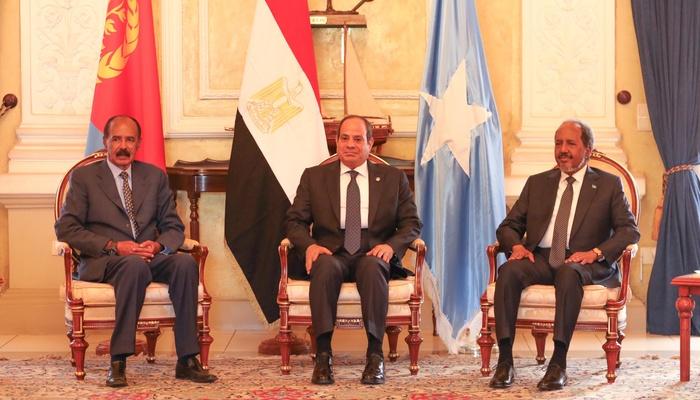The growing importance of Modelling and Simulation
Between the 27th and 29th of September took place in Rome the 17th Computer Aided Analysis, Exercise, Experimentation (CA2X2) Forum. The event was sponsored by the NATO Allied Command Transformation (NATO ACT) headquartered in Norfolk (United States) and organized by the NATO Modelling and Simulation Center of Excellence (NATO M&S COE) sited in the military city of Cecchignola (Rome).
Held in presence for the first time after two virtual sessions due to the pandemic, the event welcomed over 300 participants, 16 exhibitors, 76 working groups and 12 sponsors.
This innovative forum aggregated around the theme of modelling and simulation the worlds of research, industry, and the Armed Forces. While modelling refers to models that propose an abstract version of reality or some parts of it, simulation refers to the application of the formers on a computer in order to test capacities or hypotheses.
More specifically, this year’s edition had as its main theme the digital transformation of NATO, (“NATO’s Digital Transformation, Now And Beyond”), a demanding effort that poses the goal of bringing the Alliance up to time, in order to maintain the capacity to fulfill the objectives given to her by mandate.
The strong intersectoral component highlights the incubatory aspect that this forum carried out and will carry even more out in the future. The know-how exchange between civilians and the military, an intrinsic win-win situation for both, is in fact the main point of force of these events. The military instrument is indeed increasingly forced to catch those innovations known as Emerging Disruptive Technologies (EDT) and bring them inside the defense universe. Thus, events such as the CA2X2 Forum prove critical to catalyzing efforts and developing growing synergies between the civilian (industry, research, academia) and military worlds.
Furthermore, this direct contact between developers, suppliers and contractors gives the defense forces the possibility to modernize and adapt their main activities, develop and assimilate EDTs, promote a more resilient innovative environment and maintain the technological advantage of the Atlantic Alliance over its potential adversaries, a fundamental objective reiterated among other things in the NATO Strategic Concept approved last June.
Entering more in detail, modelling and simulation is particularly important in tactical and operational planning, development and acquisition of weapon systems, training of personnel. During the activities, in addition to the varied participation, the increased interest and importance of M&S in enhancing the capabilities of the Atlantic Alliance was repeatedly emphasized.
The rising interest for this methodology must be put into context also by the most recent development in the field of Artificial Intelligence (AI), the quest for better predictive capabilities and the use of digital twins in the design and development of new technologies and processes (especially true for high-tech systems like missile, drones and aircrafts). Regarding the former element, M&S and the “digital twin” technique allow to obtain relevant information, generally gained through experience, thus significantly reducing the amount of time and resources needed, both human and economic, as well as reducing the risks derived from real experimentation by creating a digital twin to test over and over. This twin, which grows along with accompanying its real counterpart, can be used in a multiplicity of fields and scenarios, like for instance cities.
Moreover, M&S allows to analyze and test existing and hypothetical systems in a series of simulated environments. Generally used in training activities, this analysis allows to improve the comprehension and efficiency of the fielded systems and to promote the development of new concepts and technologies. It also provides, by applying what-if analyses, important lessons for operational and strategic planning.
It is therefore very clear why the Armed Forces have an interest in these technologies, which are capable of improving the efficiency of many processes even in light of the scarce financial resources available, optimizing tactics, processes and procedures and saving time and costs, while also integrating command and control centers with new predictive capabilities.
In conclusion, the heartfelt participation among insiders and the audience at the event and the lessons learned in M&S in the two years of the pandemic have shown how the NATO CA2X2 Forum is increasingly confirmed as an important event for the defense world and bode well for the next edition, already announced for the fall of 2023.






